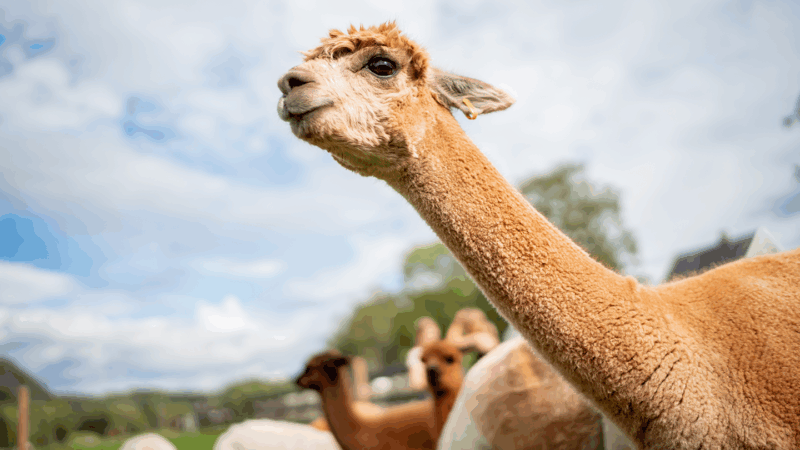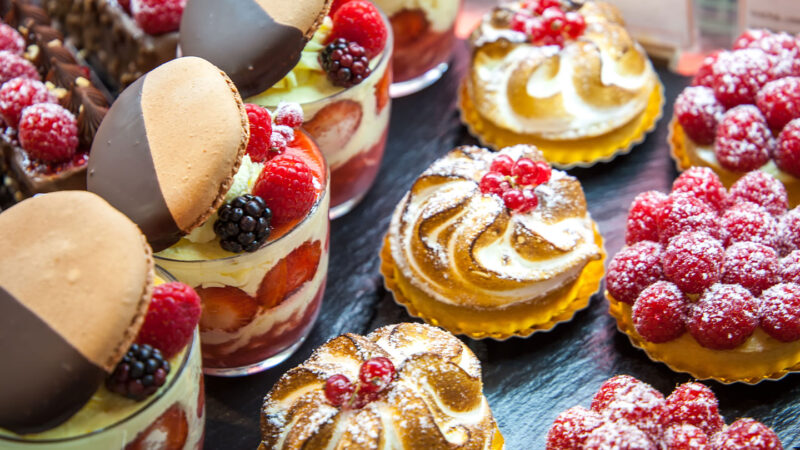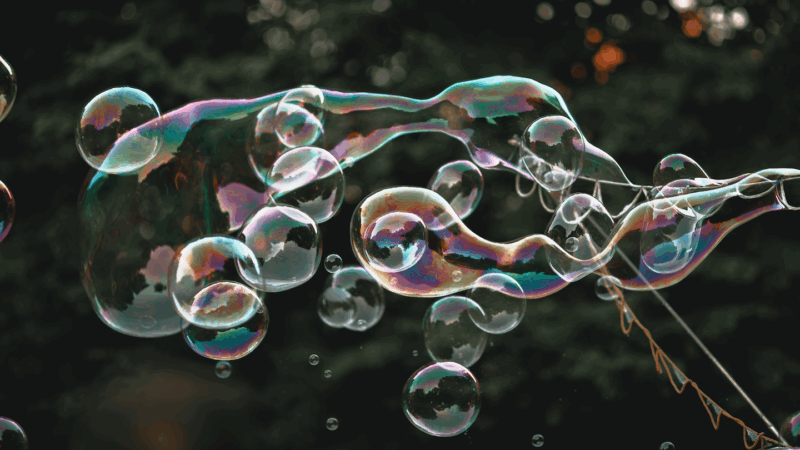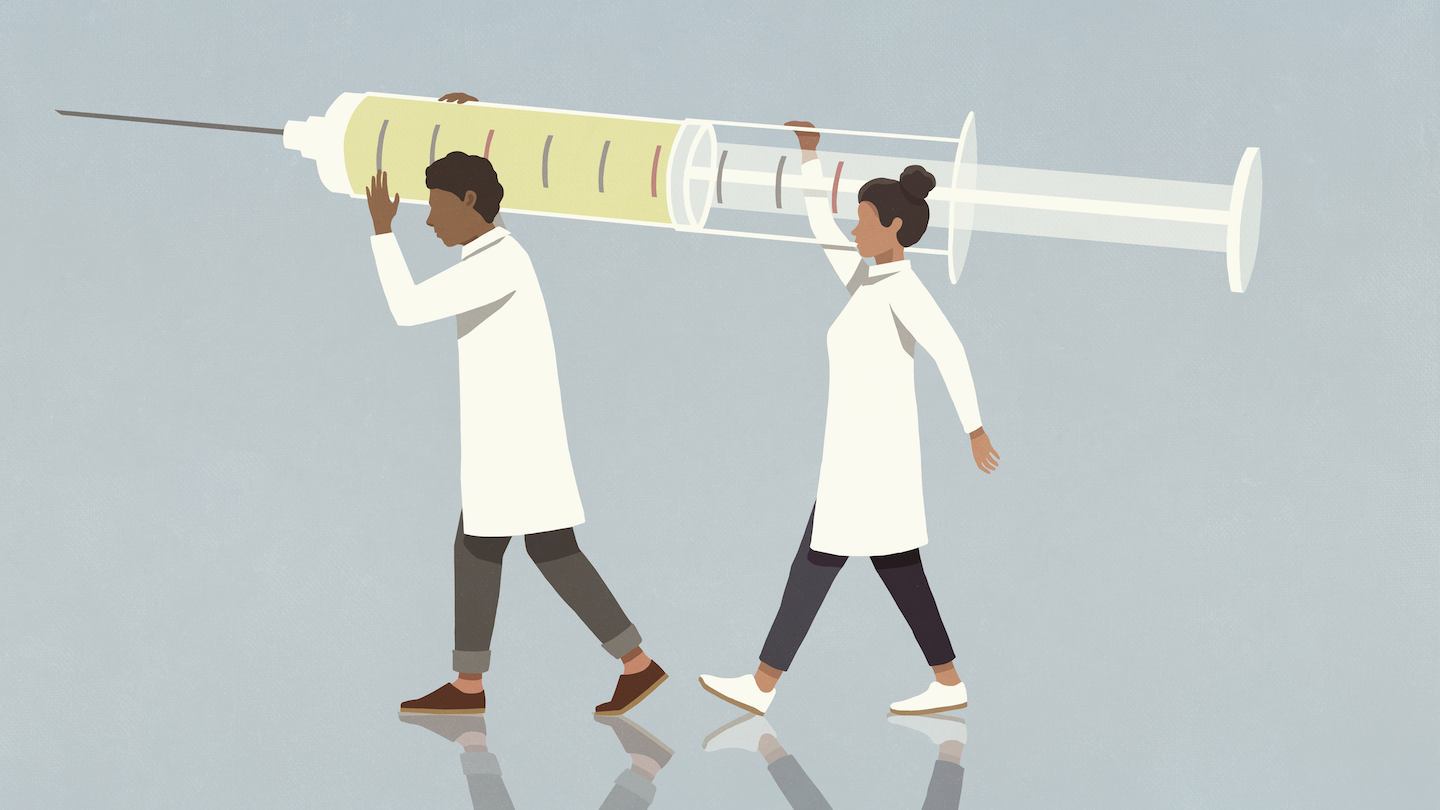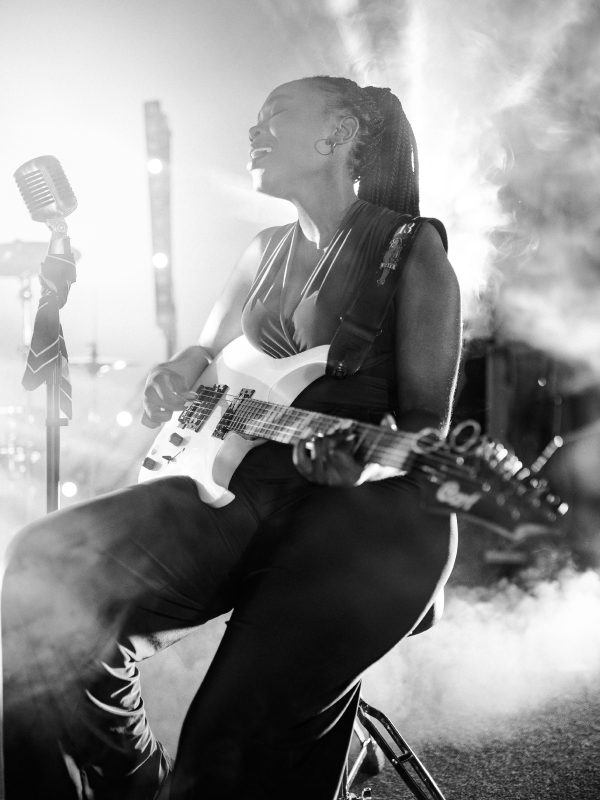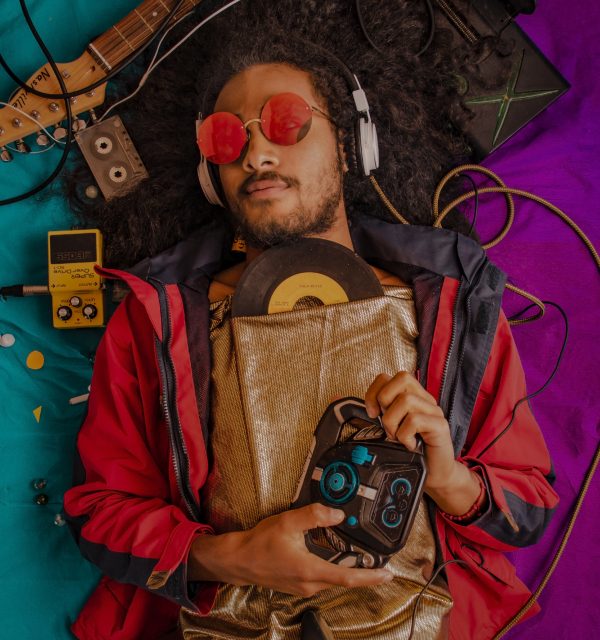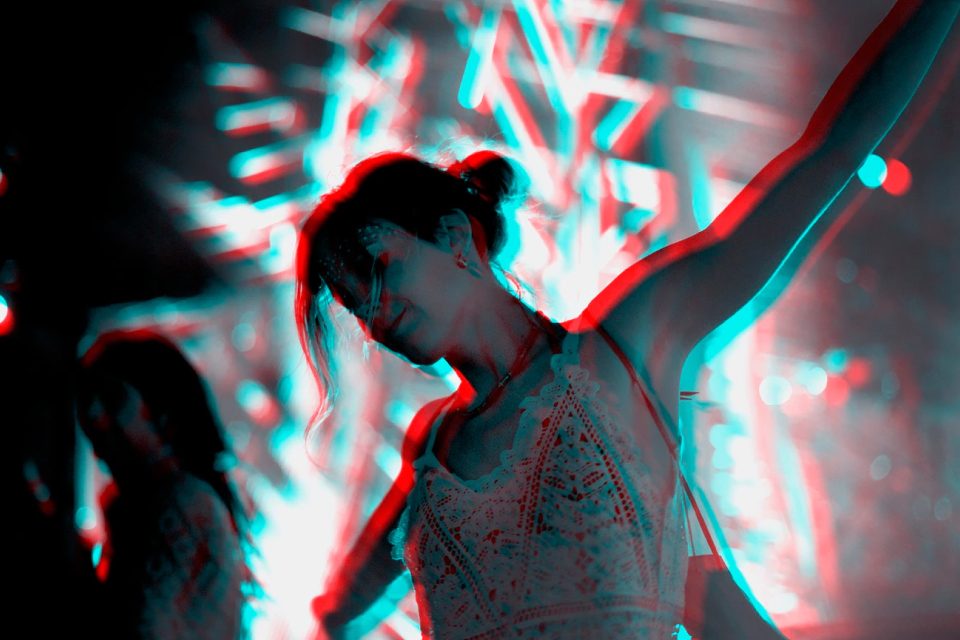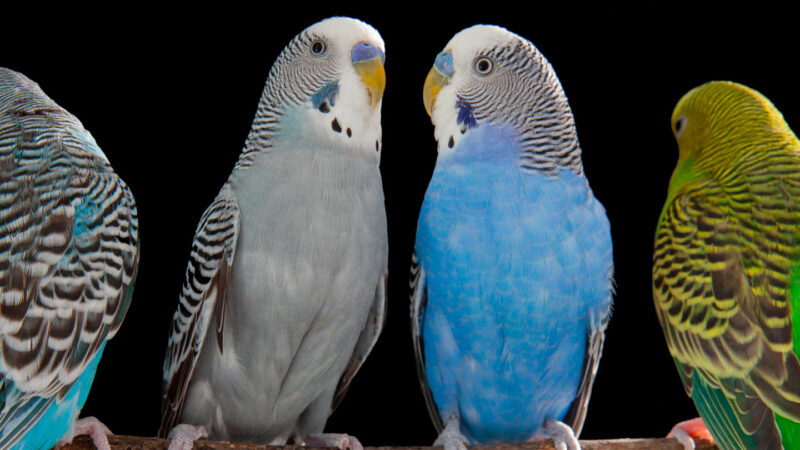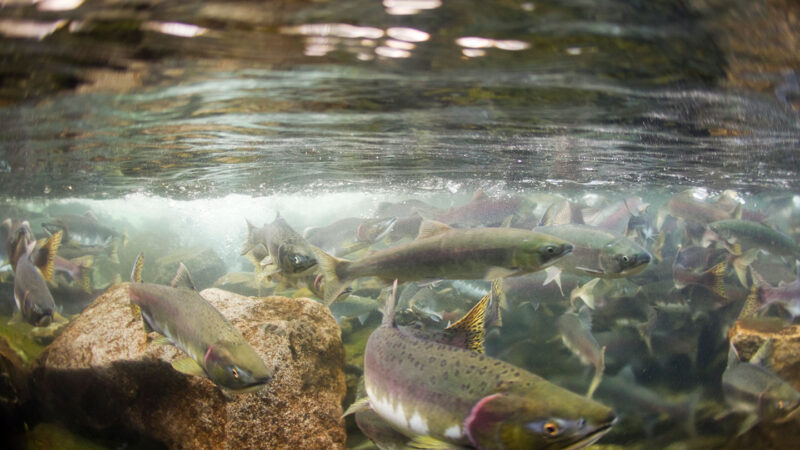People around the world keep goats, sheep, llamas and other ungulates as pets and livestock. Yet very little is known about how these animals think and perceive the world.
Alina Schaffer is on a mission to get inside these animals’ heads. She works at the University of Leipzig in Germany. Recently, she and her colleagues tested whether ungulates fall for optical illusions like humans do. If so, that would suggest these animals have similar neural wiring for vision as our own.
How do you see the world through the eyes of a llama or a goat? With a clever experimental setup and a lot of tasty treats.
The team shared their work in Animal Cognition on May 24.
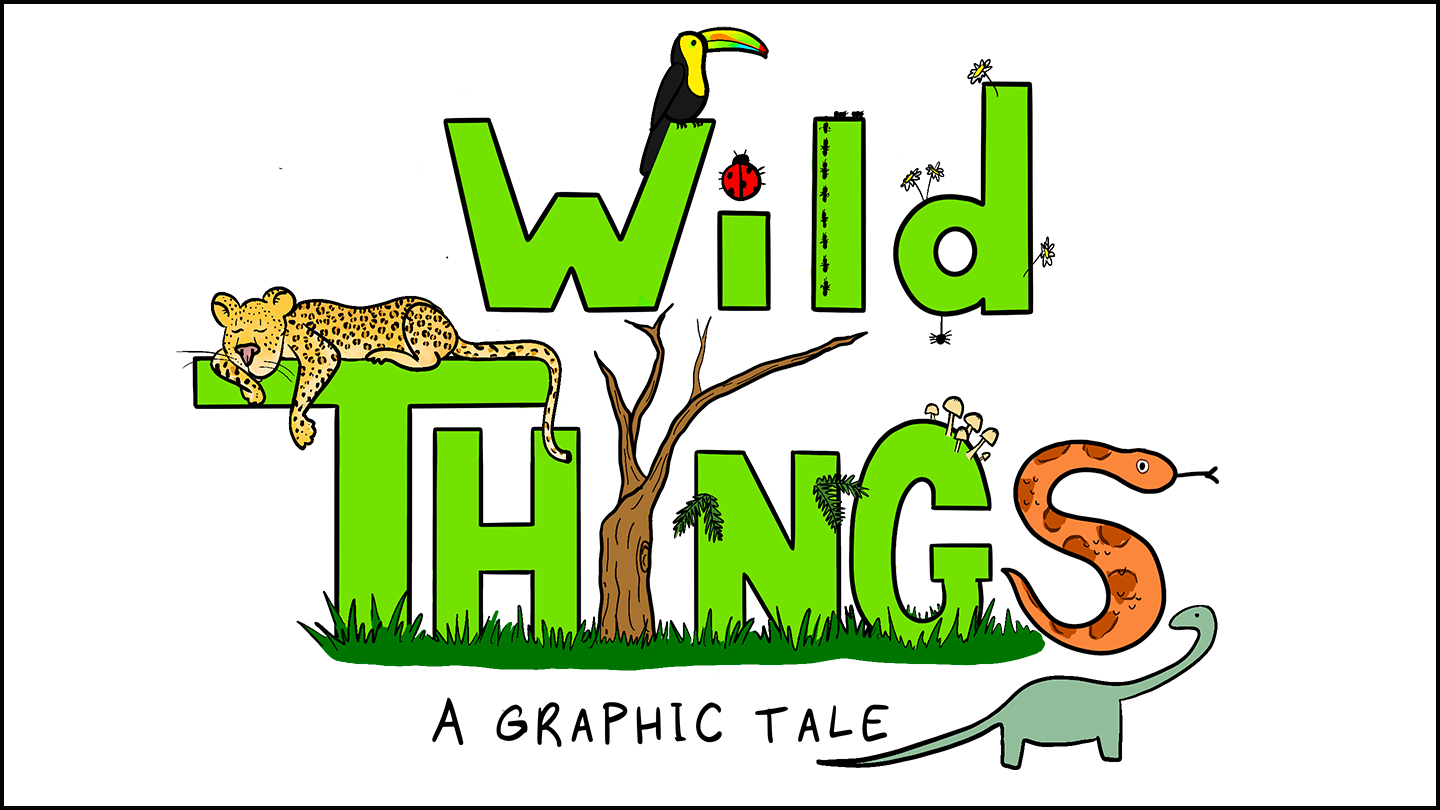






![In a test of the Delboeuf illusion, the researchers arranged veggies on a board over a small or large circle. Image: The woman wearing the purple shirt stands in a field, holding up a piece of cardboard to show a guanaco. The cardboard has two bunches of veggies stuck to it, as described above. The guanaco is thinking, “A little treat? I’ll take the large, please!” Text (below image): The animals went for treats on the smaller circle 73 percent of the time, hinting they saw that as the bigger snack. “They really perceive [these illusions] in the same way as humans," says team member Alina Schaffer. She studies ungulate cognition at the University of Leipzig.](https://www.snexplores.org/wp-content/uploads/2025/05/1030_ungulate_comic_panel_6.png)
![Better understanding how ungulates experience the world may also encourage people to treat these pets and livestock well, Schaffer says. Image: The blonde boy in the art gallery looking at the Muller-Lyer illusion is joined by a white llama. The boy says, “Are you seeing this?” The llama says, “Dude, right?” Text (below image): “I think [people assume], ‘They’re just dumb animals without any feelings or any cognitive skills,’ but they aren’t,” Schaffer says. “They’re really intelligent…and they are maybe more similar to us than we think.”](https://www.snexplores.org/wp-content/uploads/2025/05/1030_ungulate_comic_panel_7.png)

Do you have a science question? We can help!
Submit your question here, and we might answer it an upcoming issue of Science News Explores

